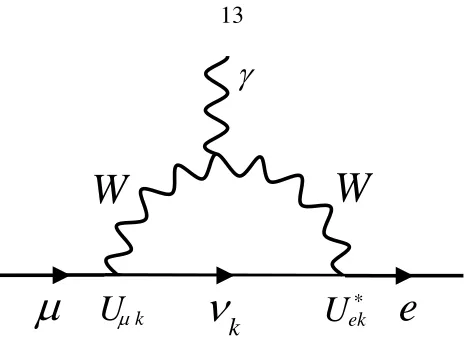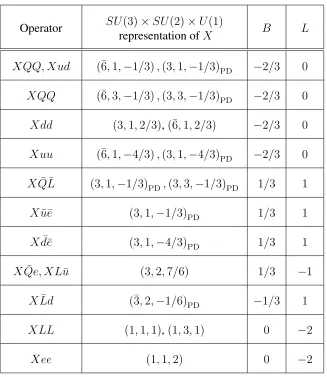Baryon Number Violation beyond the Standard Model
Full text
Figure




Related documents
It is this thesis objective to investigate the complex matter of urban renewal with a focus upon social sustainability. Moreover, it is this thesis objective to determine
We aimed to summarize available lines of evidence about intraoperative and postoperative donor outcomes following robotic- assisted laparoscopic donor nephrectomy (RALDN) as well
So, in this paper, Genetic Algorithms (GAs) are used to nd the optimal number and distribution of semi-active uid viscous dampers in the model of the building to minimize
CLEAPSS believes that the significant findings of any risk assessment procedure are best recorded on documents in daily use, such as a scheme of work, lesson plans, worksheets
This study will provide valuable data about patients ’ , family and professional caregivers ’ experiences with vari- ous IPC initiatives, including quality of care, quality of
5 Discussion In both investigated sequences, the lowermost Bt horizon, which presumably correlates with the last interglacial, is overlain by further weak Bt horizons of
Our analysis, which is based on new evidence assembled for this study, describes the level of fees charged by veterinary surgeons for standard veterinary services and assesses the
the tobacco rattle virus cysteine-rich protein by pathogenicity proteins from unrelated 513.





